Query Optimization
Introduction to Data Modeling in Snowflake

Nuno Rocha
Director of Engineering
Query execution order
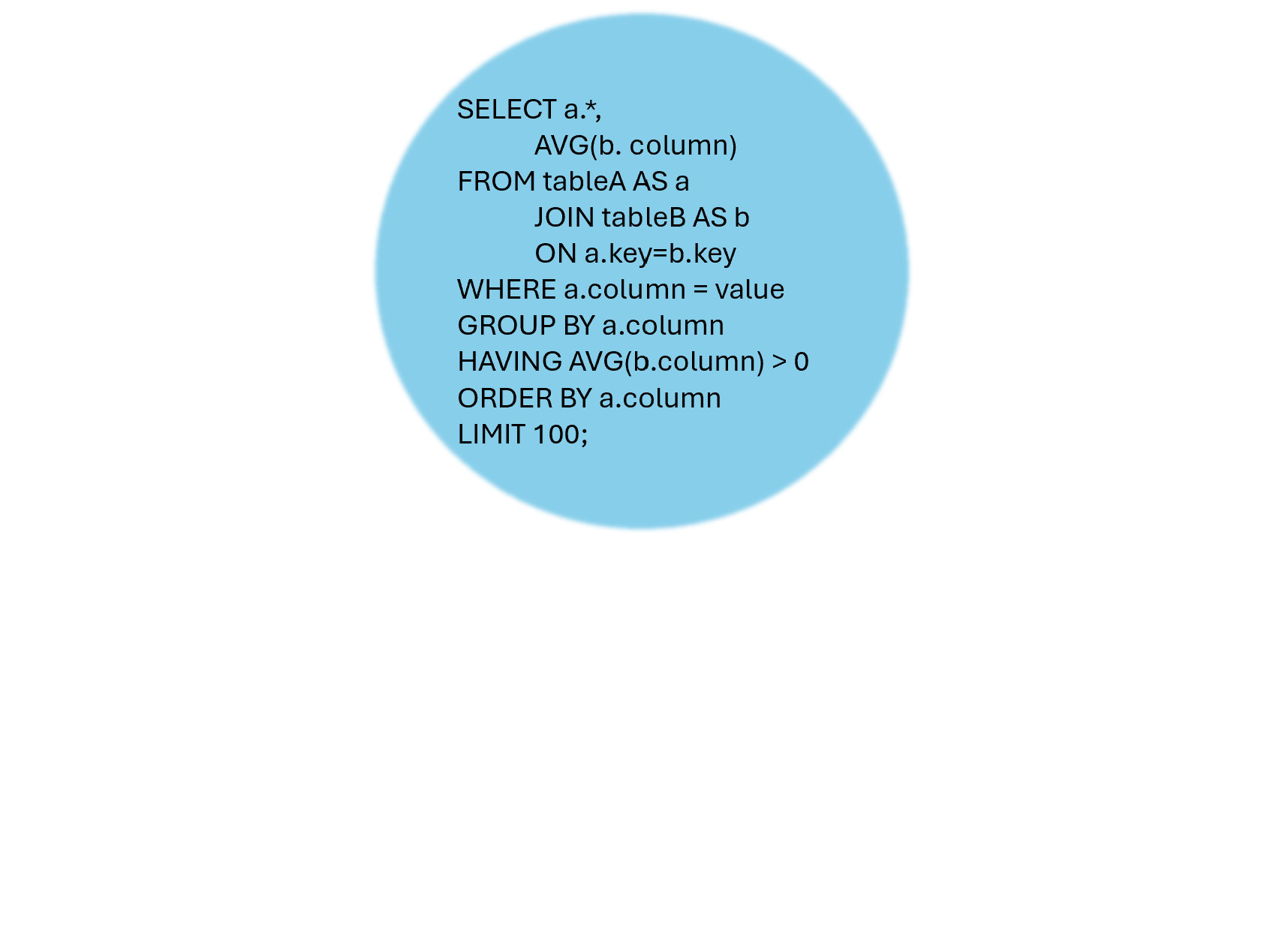
Query execution order (1)

Query execution order (2)
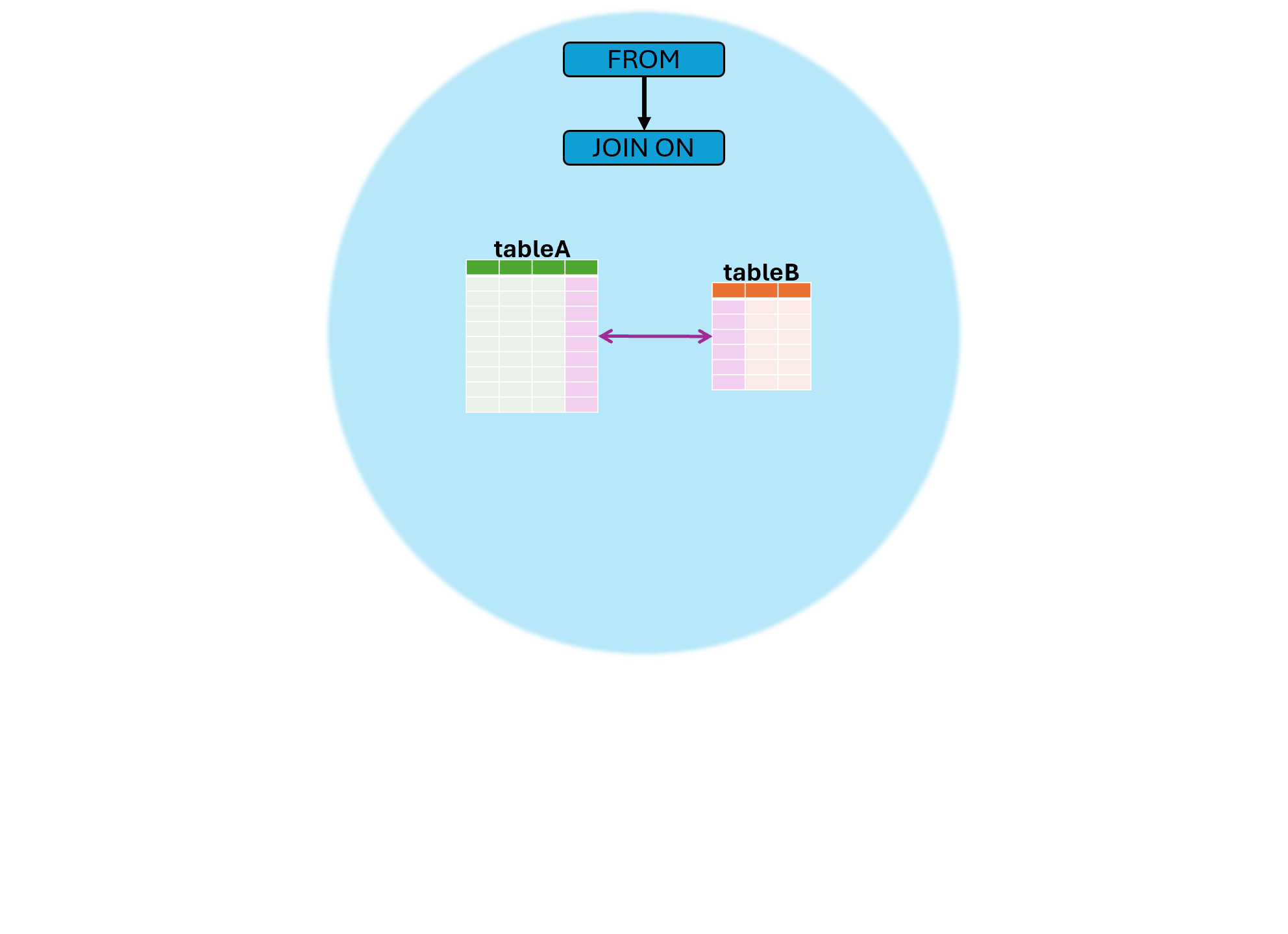
Query execution order (3)
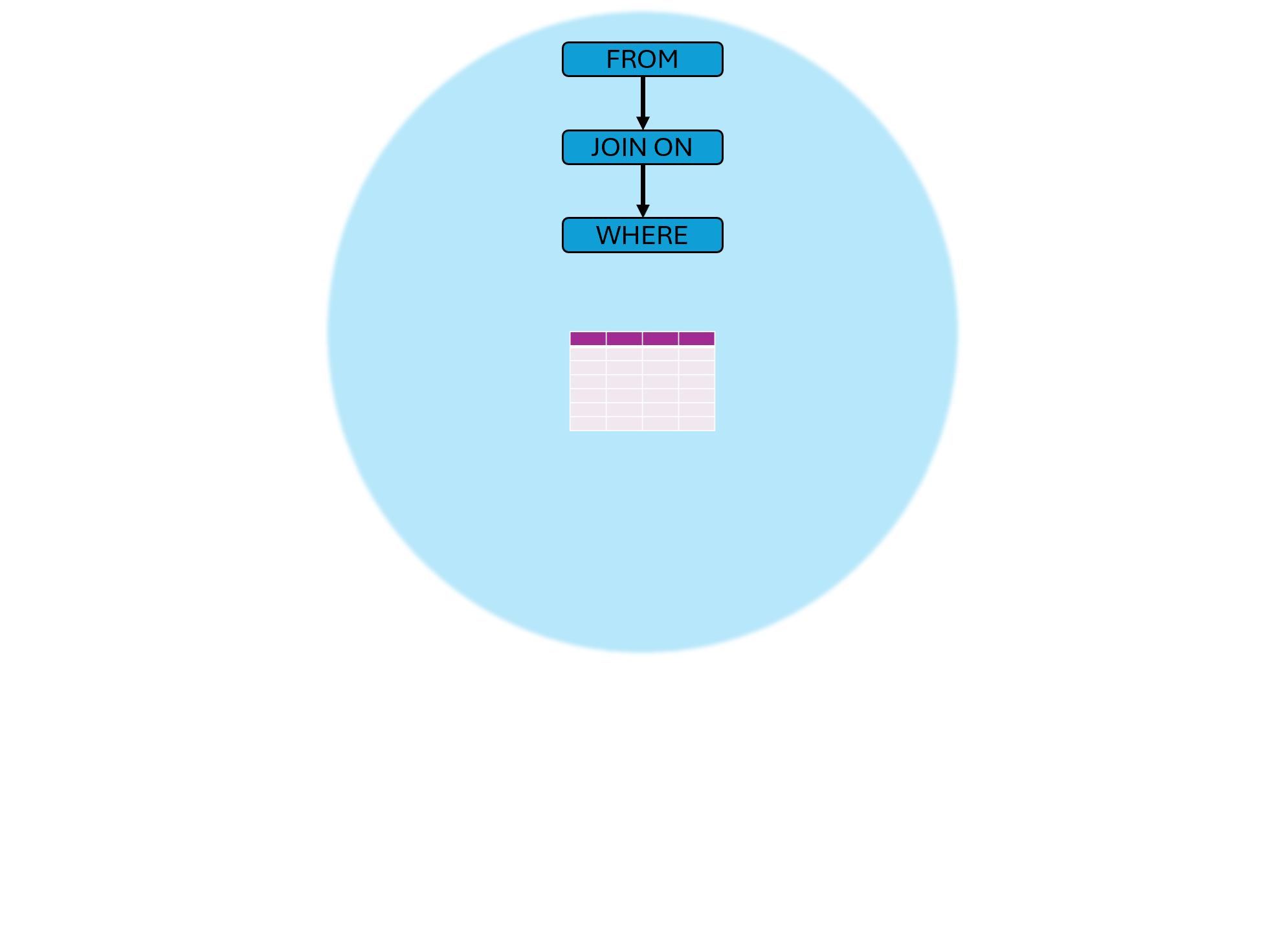
Query execution order (4)
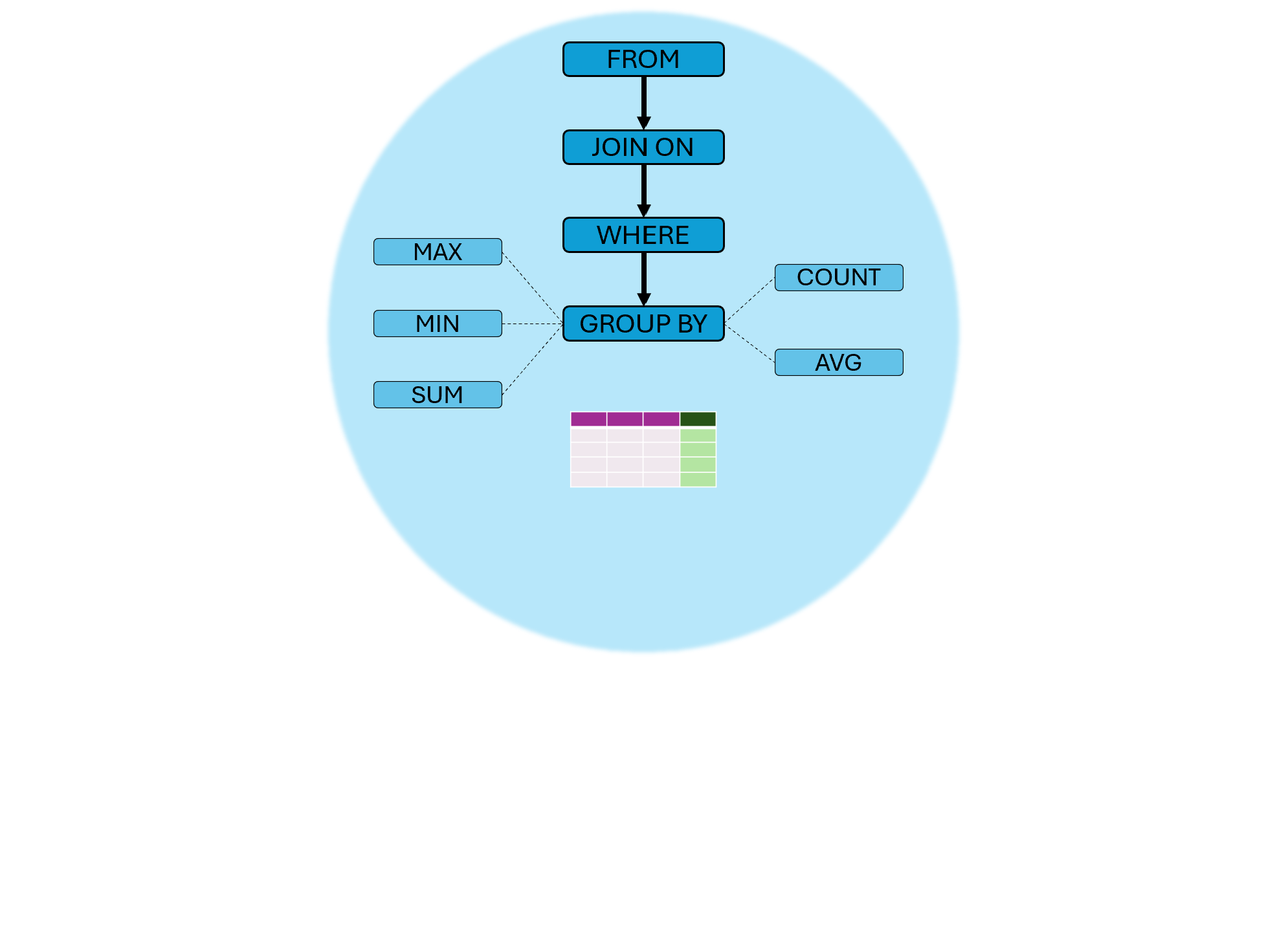
Query execution order (5)
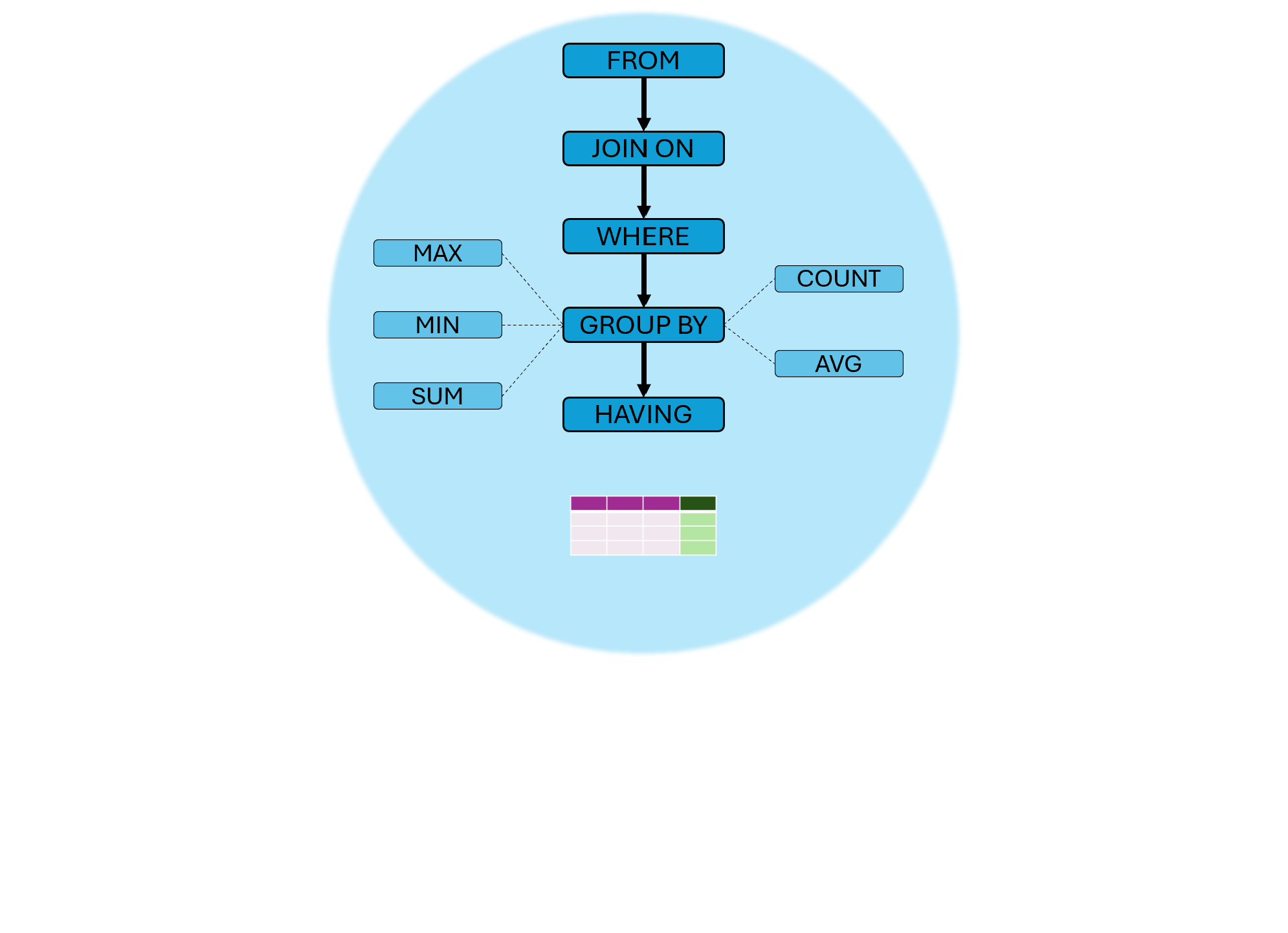
Query execution order (6)

Query execution order (7)
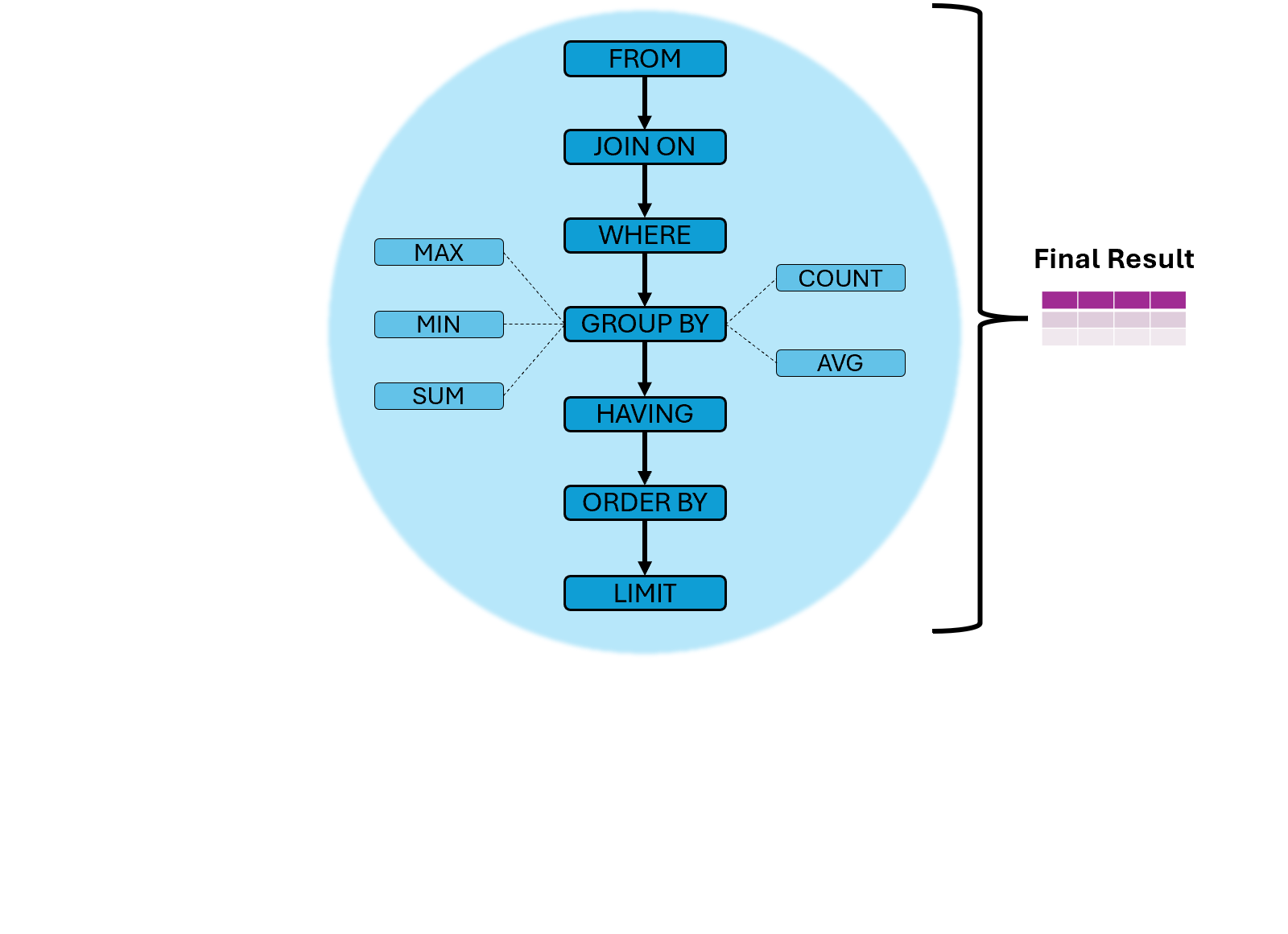
Query execution order (8)
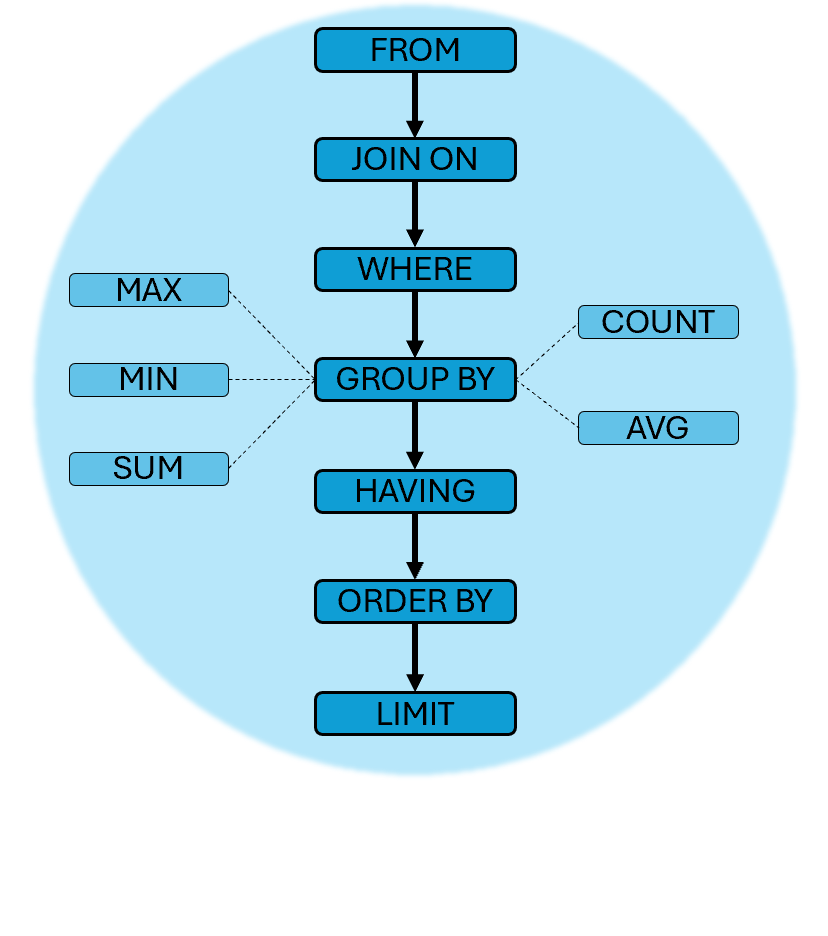
- BEST PRACTICES:
- Avoid using SELECT *; specify only necessary columns
- Implement LIMIT filtering to reduce data volume
- Use the WHERE clause early for row filtering and memory conservation
- Employ GROUP BY with aggregations on narrowed datasets to optimize processing
Subqueries
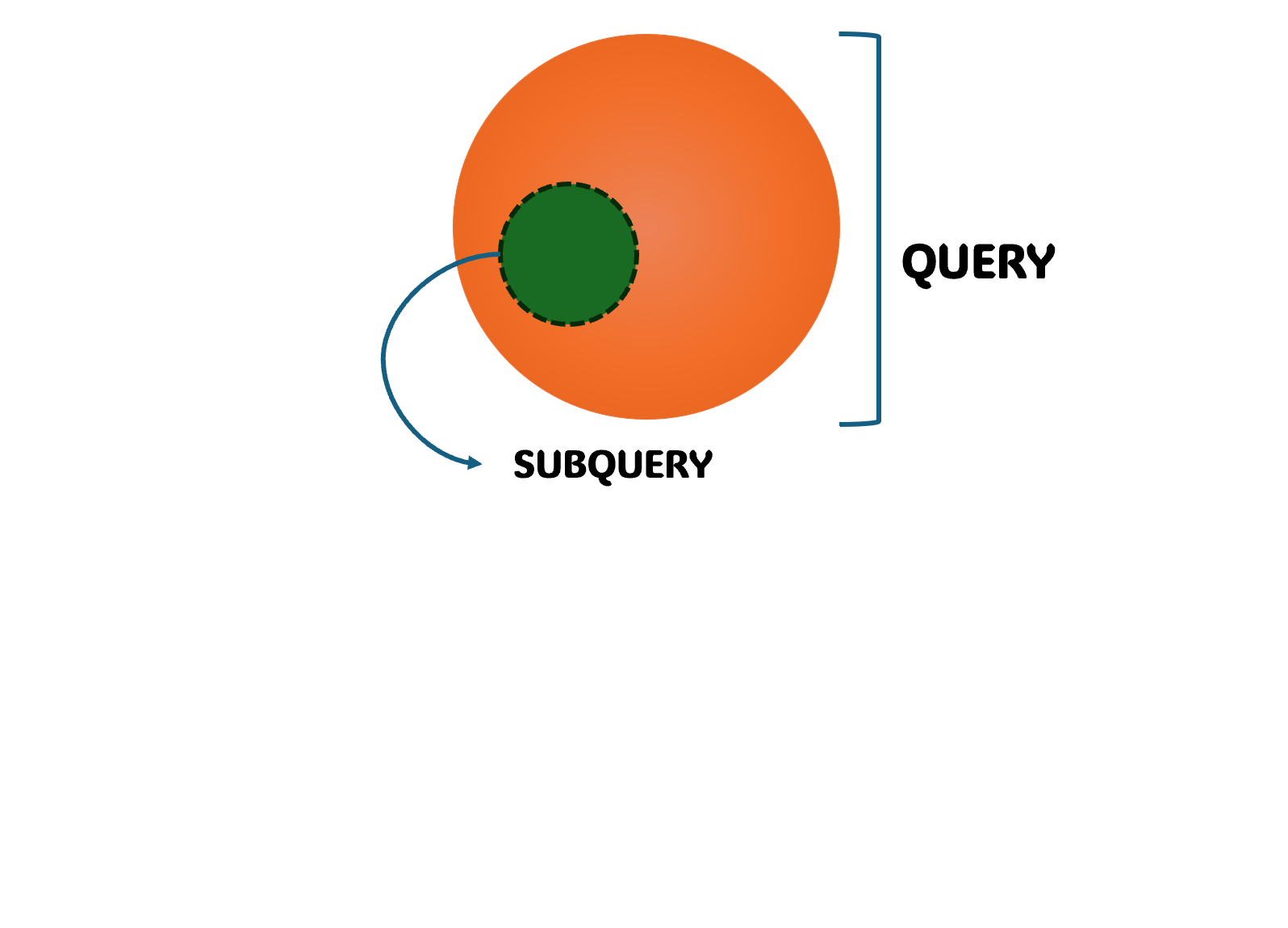
Subqueries

Subqueries
- Query all guests that have more than 1000 loyalty points
SELECT *
FROM guests
WHERE id IN (SELECT guest_id
FROM loyalty_program
WHERE loyalty_points > 1000);
Common table expressions
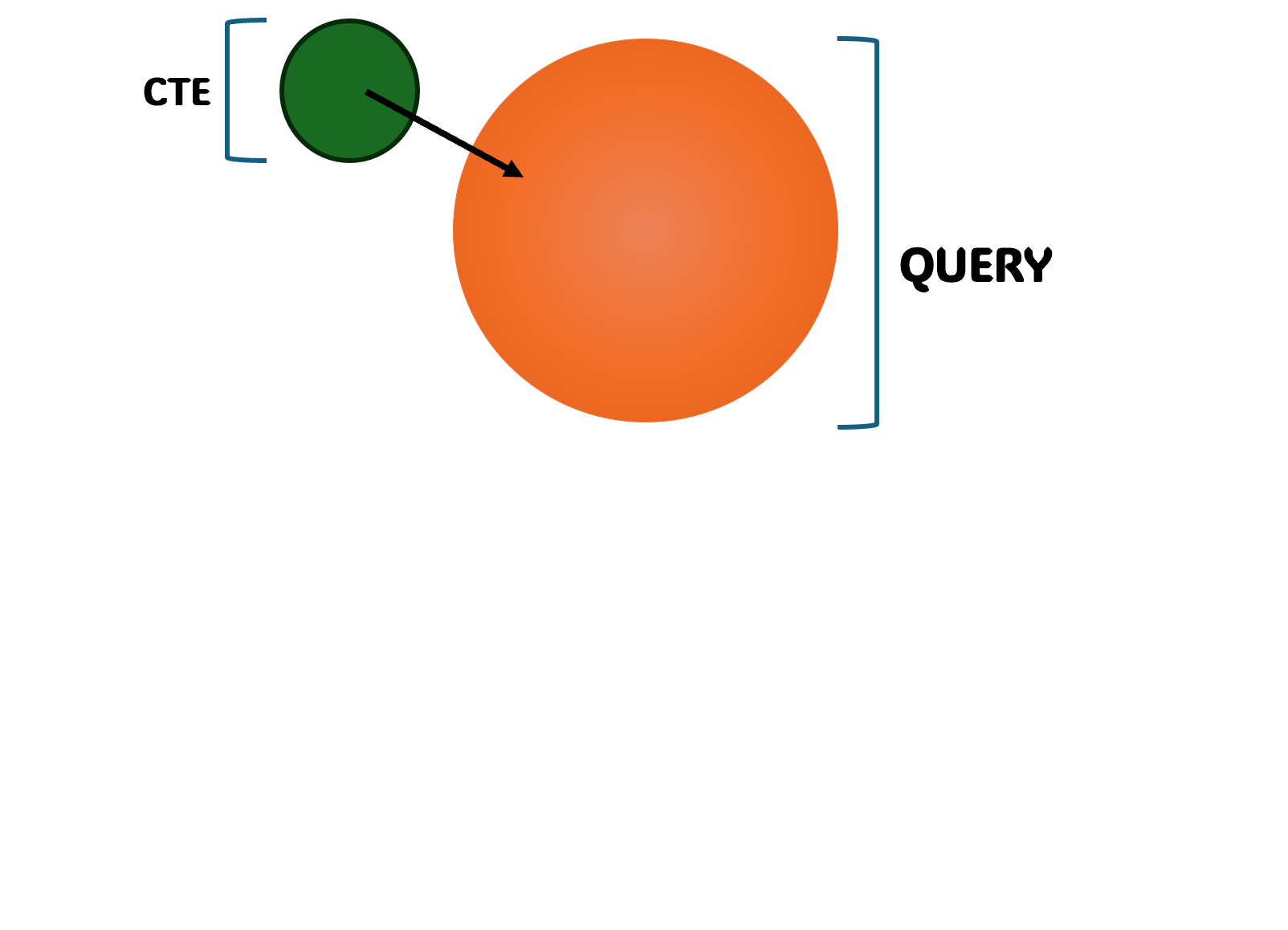
Common table expressions
- Query the latest booking details
WITH latest_booking AS (
SELECT guest_id,
MAX(checkout_date) AS latest_checkout
FROM booking_details
GROUP BY guest_id
)
SELECT bd.*,
bd.checkout_date AS latest_booking_date
FROM booking_details bd
JOIN latest_booking lb
ON bd.guest_id = lb.guest_id
AND bd.checkout_date = lb.latest_checkout;
CTEs and subqueries
CTEs
Pros
- Enhances readability for complex queries
- Enables reusability in the same query
- Improves organization of SQL queries
Cons
- Can introduce performance overhead
- Limited to the scope of a single query
Subqueries
Pros
- Simple and direct for single-use cases
- Flexible in various parts of a SQL statement
Cons
- It can reduce readability with complexity
- Potential performance issues with nested instances
Visualizing query execution times

Terminology and functions overview
- Query Optimization: Fine-tuning queries to maximize efficiency and performance
- Subquery: A smaller query inside a main query that helps focus on specific data
- Common Table Expressions (CTEs): Temporary virtual table during a query
WITH .. AS: SQL command to define a CTELIMIT: SQL clause constraining the number of rows in query resultsHAVING: SQL clause used to filter data that aggregated with functions like SUM, MAX, etcWHERE: SQL clause used to filter rows before grouping, enhancing query efficiency
Exemplary CTE and subquery template
- Subquery
SELECT *
FROM table_name
WHERE column_name IN (SELECT column_name
FROM table_name
WHERE column_name condition value);
- CTE
WITH latest_booking_dates AS (
SELECT column_name
FROM table_name)
SELECT *
FROM table_name a
JOIN other_table_name b
ON a.key_column = b.key_column;
Let's practice!
Introduction to Data Modeling in Snowflake

